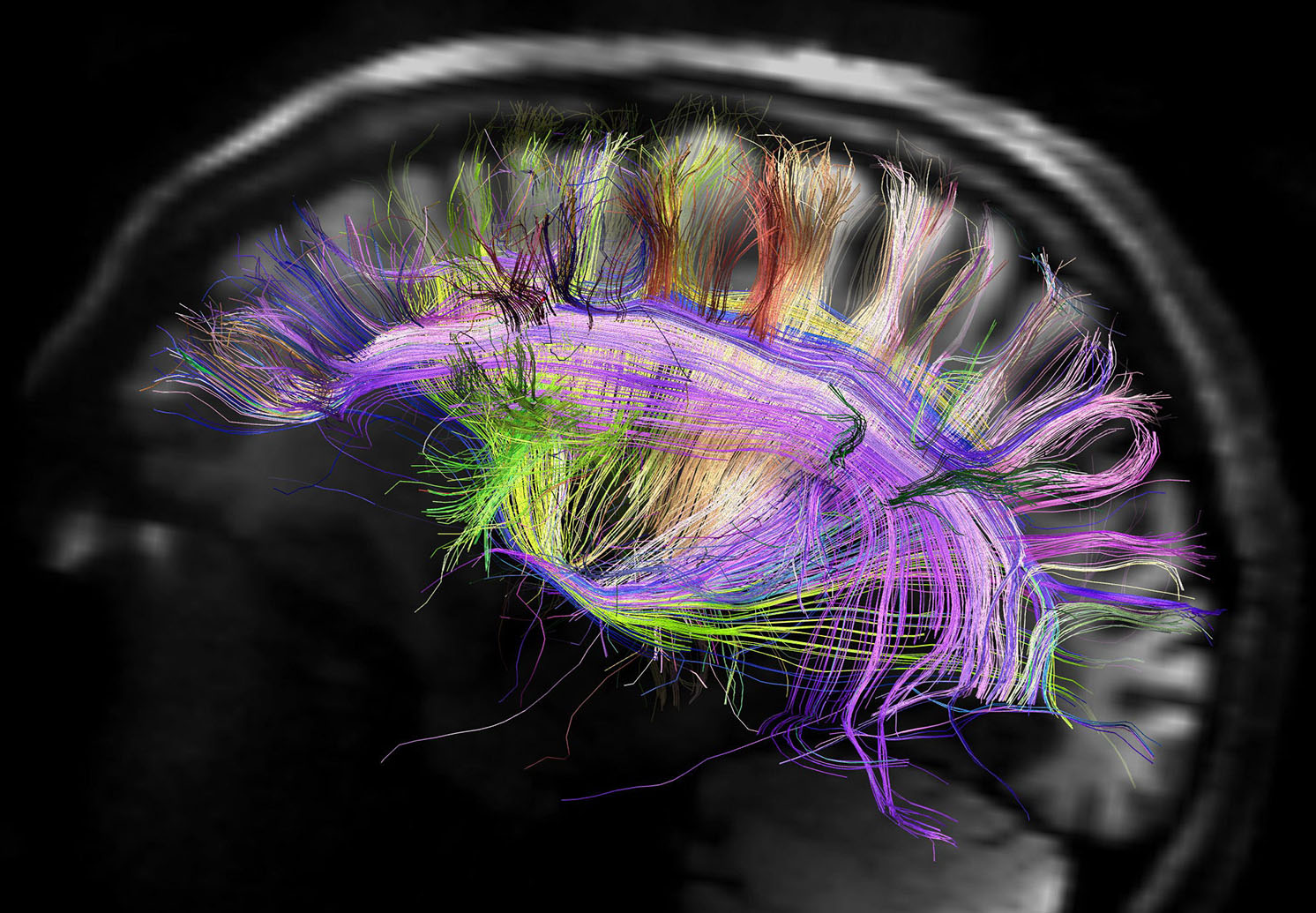
What is Autism?
Autism statistics from the U.S. Centers for Disease Control and Prevention (CDC) identify around 1 in 68 American children as on the autism spectrum–a ten-fold increase in prevalence in 40 years. Careful research shows that this increase is only partly explained by improved diagnosis and awareness. Studies also show that autism is four to five times more common among boys than girls. An estimated 1 out of 42 boys and 1 in 189 girls are diagnosed with autism in the United States.
Autism spectrum disorder (ASD) and autism are both general terms for a group of complex disorders of brain development. These disorders are characterized, in varying degrees, by difficulties in social interaction, verbal and nonverbal communication and repetitive behaviors. ASD can be associated with intellectual disability, difficulties in motor coordination and attention and physical health issues such as sleep and gastrointestinal disturbances. Some persons with ASD excel in visual skills, music, math and art.
Autism appears to have its roots in very early brain development. However, the most obvious signs of autism and symptoms of autism tend to emerge between 2 and 3 years of age. Autism Speaks continues to fund research on effective methods for earlier diagnosis, as early intervention with proven behavioral therapies can improve outcomes.
How Do We Treat Autism?
We use swLoRETA imaging that allows us to see the connectivity of inter brain structures including the cerebellum. We are able to alter and enhance communication within the brain to reduce symptoms and optimize functioning. Neurofeedback is very effective at stabilizing and regulating brain function, and it helps the brain change itself without medication. Improvements from neurofeedback extend beyond the training period, yielding sustainable results.
Neurofeedback is a highly promising emerging therapy for the autism spectrum. At issue here is a tool for the direct training of brain function, one that has already shown itself highly effective in addressing a wide range of “mental health” concerns.
Scientists have recently proposed that problems in the brain’s “mirror neuron system” during early development could be responsible for many of the impairments seen in autism spectrum disorder (ASD). Mirror neurons are cells that activate both when we observe a purposeful action and when we ourselves perform the same action, so researchers believe that mirror neurons may underlie our ability to imitate, as well as cognitive processes such as theory of mind and empathy, all of which are deficient in ASD.
Our Results
While there is no known cause or cure for Autism, our treatments align with results from research being improved mental flexibility and ease in transitions, increased attention, decreased anxiety, and increases in socialization. At Advanced Psychotherapeutics, we use the best clinical equipment available in brain mapping and training. For further information on how we may help, call us for a consultation.


